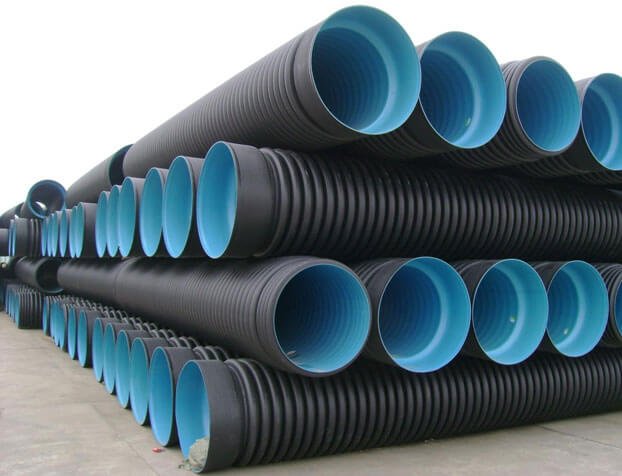The Whats and the Hows of Stormwater Drainage Systems
As much as we need it to survive, sometimes water can be a menace to our property. It can easily ruin your lawn or crops in the garden and it can cause damage to your home if it goes near electrical installations. For this to be avoided, you must change the flow of water, especially the one coming from the sky. Just like you would make a building safer by installing emergency lighting you should also consider having a properly working drainage system.
When it rains, if there isn’t a proper drainage system water can start to pool, especially when there is a heavy downpour. With a stormwater drainage system, though, this can easily be avoided, as not only will this system keep water from pooling or causing havoc but it will also reduce soil erosion. Water brings everything with it but with a proper stormwater drainage system, you will ensure that no toxic materials come in contact with the soil in your yard or garden.
How Does a Stormwater Drainage System Work?
A stormwater drainage system helps divert rainwater away and even help melt snow and ice into water. When it rains, water will run off your roof and through the gutters, it goes on the street. But when you’re not near the street it goes through the stormwater pipe fittings which help direct the water into a nearby reservoir, pond, or stream.

Types of Drainage Pipes By Material
PVC
One of the most commonly used drainage pipes are PVC stormwater fittings. Why is that so? Well, because polyvinyl chloride is a material that can sustain a great deal of pressure and it is also recyclable. PVC stormwater pipe fittings are strong and durable while they can withstand certain chemicals too.
Polyethylene
If you want to get the most flexible stormwater pipes, then you should go for polyethylene ones. This makes polyethylene fittings extremely easy to install, especially if you need to build a drainage system with a lot of small bends. Do keep in mind though that this level of malleability is not ideal when you want a strong and durable system of fittings.

Galvanised
If plastic fittings are something you want to avoid, then consider something more rigid such as galvanise pipes. A galvanised fitting has been dipped in molten zinc. This gives it high rust-resistant levels which make these fittings extremely durable. Galvanised pipes are on the more expensive side as you’d expect but they can be used just about anywhere.

Cast Iron
Although a cast iron fitting, unlike a galvanised one can rust, it can be covered in a protective coating. Corrosion aside, cast iron fittings are one of the strongest, if not the strongest stormwater fittings you’ll find. They are also stylish, which is important if they are not going to be underground.

Copper
A set of copper fittings are going to be pricier than all of the above since they are the most durable and can withstand high heat levels. If you want your system to be able to expand at certain places then copper pipes are the way to go. You should also consider copper pipes if you are going to surround your fittings with concrete.

Concrete
Talking about concrete, you can also get fittings made of it. If conventional plastic fittings aren’t something you want to go with, then concrete pipes are a great alternative. You can have concrete fittings either open or closed without having to worry about the integrity of the fittings being altered or about corrosion. If any cracks appear just fill them up and you’re good to go. Concrete stormwater fittings are one of the best long term solutions as they can outlast most of the above-mentioned drainage fittings.

Types of Drainage Pipes By Style
Single Wall Corrugated
Affordable, easy to install and flexible, single wall corrugated drainage pipes are one of the most commonly used fittings. The one big drawback of single wall corrugated pipes is that they are prone to clogging due to their texture. This also requires you to install them at a steeper angle so that they can provide proper drainage.
Smooth Wall
If you want a sturdier and more rigid drainage system then consider installing smooth wall stormwater pipe fittings. While you won’t be able to install smooth wall fittings as easily as single wall corrugated fittings, you won’t have to worry about clogging or achieving steeper drain angles.
Dual Wall Corrugated
If you want to get an easy to install drainage fitting that is also sturdy and rigid then go with double-wall corrugated fittings. The design of double-wall corrugated fittings allows them to have a smooth interior wall. Double-wall corrugated fittings may not be as easy to install as single wall corrugated fittings but they are easier than smooth wall pipes. Keep in mind though that you will have to spend the most if decide to go with double-wall corrugated fittings.



